Authority: release of statistical bulletin on the development of transportation industry in 2021
Source / Ministry of transport (id:motxwb)
We made overall plans for epidemic prevention and control, economic and social development and transportation, made efforts to promote the high-quality development of the industry, accelerated the construction of a transportation power, worked hard to be a pioneer in China's modernization, achieved a good start of the 14th five year plan, and provided important transportation support for the "six stabilities" and "six guarantees".
01
infrastructure
(1) Railway.
By the end of the year, the national railway operating mileage reached 150000 kilometers, including 40000 kilometers of high-speed rail. The railway double track rate is 59.5%, and the electrification rate is 73.3%. The national railway network density is 156.7 km / 10000 km2.

Figure 1 national railway operating mileage at the end of 2016-2021
(2) Roads.
At the end of the year, the total mileage of highways nationwide was 5.2807 million kilometers, an increase of 82600 kilometers over the end of the previous year. The road density is 55.01 km / 100 km2, an increase of 0.86 km / 100 km2. The road maintenance mileage is 5.2516 million km, accounting for 99.4% of the total highway mileage.
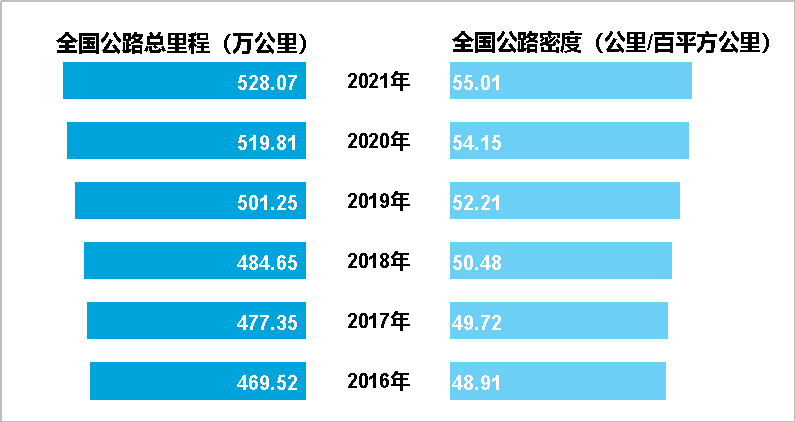
Figure 2 total national highway mileage at the end of 2016-2021
And highway density
At the end of the year, the mileage of class IV and above highways nationwide was 5.0619 million kilometers, an increase of 117400 kilometers over the end of the previous year, accounting for 95.9% of the total highway mileage, an increase of 0.7 percentage points. Among them, the mileage of class II and above highways was 723600 km, an increase of 21300 km, accounting for 13.7% of the total highway mileage, an increase of 0.2 percentage points; Expressway mileage is 169100 km, an increase of 8100 km, and national expressway mileage is 117000 km, an increase of 4000 km.
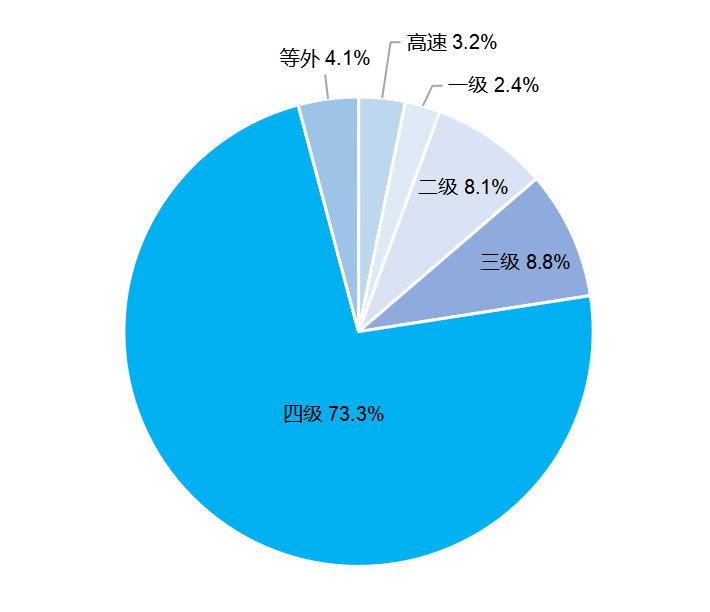
Figure 3 composition of national highway mileage by technical grade at the end of 2021
At the end of the year, the mileage of national highways was 375400 kilometers and that of provincial highways was 387500 kilometers. The mileage of rural roads is 4.466 million kilometers, including 679500 kilometers of county roads, 1223000 kilometers of township roads and 2563500 kilometers of village roads.
At the end of the year, there were 961100 highway bridges and 73.8021 million linear meters across the country, an increase of 48400 and 7.5166 million linear meters over the end of the previous year, including 7417 super major bridges and 13.4787 million linear meters, and 134500 bridges and 37.1589 million linear meters. There are 23268 national highway tunnels with 24698900 linear meters, an increase of 1952 and 2699600 linear meters, including 1599 extra long tunnels with 7170800 linear meters and 6211 long tunnels with 10844300 linear meters.
(3) Waterway.
1. inland waterway.
At the end of the year, the navigation mileage of inland waterways nationwide was 127600 kilometers, 43 kilometers less than that at the end of the previous year. The navigation mileage of grade channels is 67200 km, accounting for 52.7% of the total mileage, of which 14500 km is the navigation mileage of grade III and above channels, accounting for 11.4% of the total mileage.
The navigable mileage of various levels of inland waterway is 2106 kilometers of class I waterway, 4069 kilometers of class II waterway, 8348 kilometers of class III waterway, 11284 kilometers of class IV waterway, 7602 kilometers of class V waterway, 16849 kilometers of class VI waterway and 16946 kilometers of class VII waterway. The outer channel is 60400 km.
The navigation mileage of inland waterways in each water system is 64668 kilometers in the Yangtze River system, 16789 kilometers in the Pearl River system, 3533 kilometers in the Yellow River system, 8211 kilometers in the Heilongjiang river system, 1423 kilometers in the Beijing Hangzhou canal, 1973 kilometers in the Minjiang River system, and 17500 kilometers in the Huaihe River system.
2. port.
At the end of the year, there were 20867 wharf berths for port production in China, a decrease of 1275 compared with the end of the previous year. Among them, there were 5419 berths for production in coastal ports, a decrease of 42, and 15448 berths for production in inland ports, a decrease of 1233.
At the end of the year, there were 2659 berths of 10000 tons or above in ports nationwide, an increase of 67 over the end of the previous year. From the perspective of distribution structure, 2207 berths of 10000 ton class and above are located in coastal ports, an increase of 69, and 452 berths of 10000 ton class and above are located in inland ports, a decrease of 2. In terms of use structure, there are 1427 specialized berths of 10000 tons or above, an increase of 56, 596 general bulk berths of 10000 tons or above, an increase of 4, and 421 general cargo berths, an increase of 6.
Table 1 number of berths of 10000 tons or above at ports in China by the end of 2021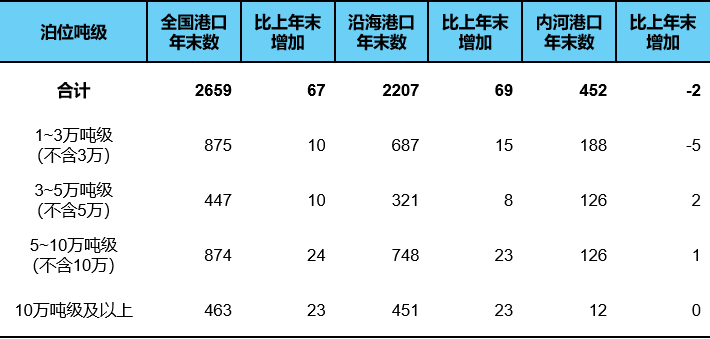
Table 2 composition of national berths of 10000 tons and above by the end of 2021
(by main purpose)
Unit: PCs
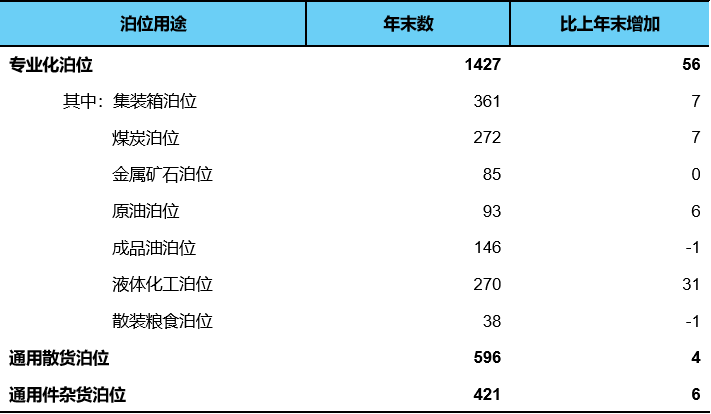
(4) Civil aviation.
At the end of the year, 248 civil air transport airports were certified, an increase of 7 over the end of the previous year, including 248 airports for regular flights and 244 cities (or regions) for regular flights.
There were 96 airports with a passenger throughput of more than 1million person times, an increase of 11 over the previous year, including 29 airports with a passenger throughput of more than 10million person times, an increase of 2. In the whole year, there were 61 airports with cargo throughput of more than 10000 tons, an increase of 2.
02
Transportation equipment
(1) Railway.
By the end of the year, China had 22000 railway locomotives, including 8000 diesel locomotives and 14000 electric locomotives. It has 78000 railway passenger cars, including 4153 standard EMUs and 33221. It has 966000 railway wagons.
(2) Roads.
By the end of the year, the country had 12.3196 million road operating vehicles, an increase of 5.2% over the end of the previous year. In terms of structure, it has 587000 passenger cars and 17510300 passenger seats, down 4.2% and 4.9% respectively; It has 11.7326 million trucks and 170.995 million tons, up 5.7% and 8.3% respectively, of which 4.0694 million ordinary trucks and 49.2343 million tons, down 1.7% and up 5.6% respectively, 603900 special trucks and 7.1876 million tons, up 19.2% and 20.5% respectively, 3.4668 million tractors, up 11.5% and 3.5925 million trailers, up 7.4%.

Figure 4 national truck ownership by the end of 2016-2021
(3) Waterway.
By the end of the year, China had 125900 water transport ships, a decrease of 0.7% over the end of the previous year, of which the net carrying capacity was 284.3263 million tons, an increase of 5.1%, the passenger capacity was 857800 passengers, a decrease of 0.3%, and the container capacity was 2.8843 million TEUs, a decrease of 1.6%.
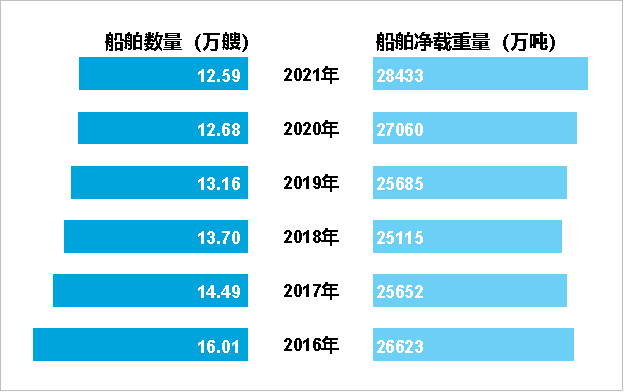
Figure 5 number of water transport vessels owned by China at the end of 2016-2021
Table 3 composition of national water transport vessels by the end of 2021
(by navigation area)
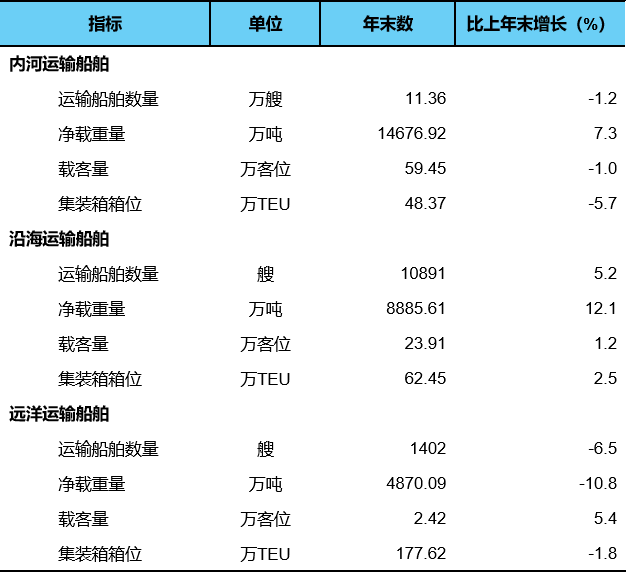
(4) Urban passenger transport.
By the end of the year, there were 709400 urban buses and trams in China, an increase of 0.7% over the end of the previous year, including 419500 pure electric vehicles, an increase of 10.8%, accounting for 59.1% of the total urban buses and trams, an increase of 5.4 percentage points. There were 57300 allocated vehicles for urban rail transit, an increase of 15.9%. There were 1391300 cruising taxis, down 0.2%. There were 196 urban passenger ferry ships, an increase of 1.0%.
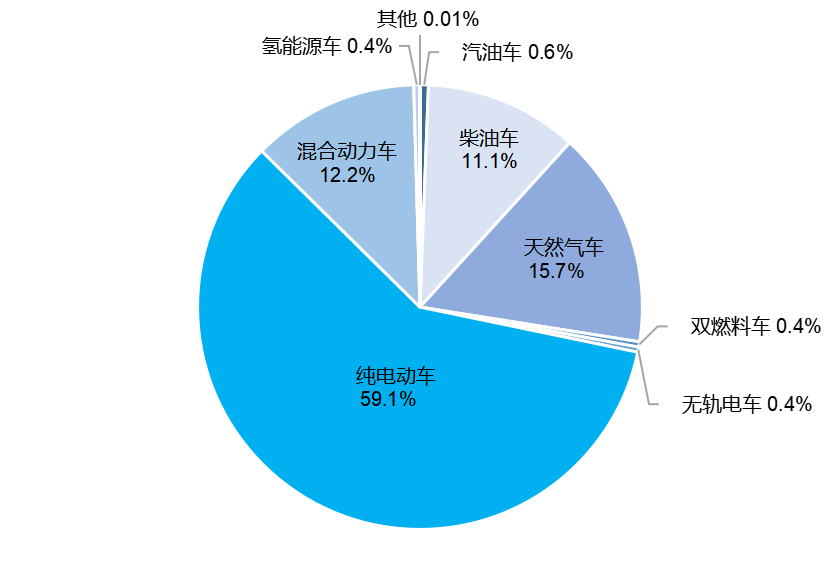
Figure 6 composition of bus and trolley bus by fuel type at the end of 2021 Table 4 ownership of national urban passenger transport equipment at the end of 2016-2021
Table 4 national urban passenger transport equipment ownership by the end of 2016-2021
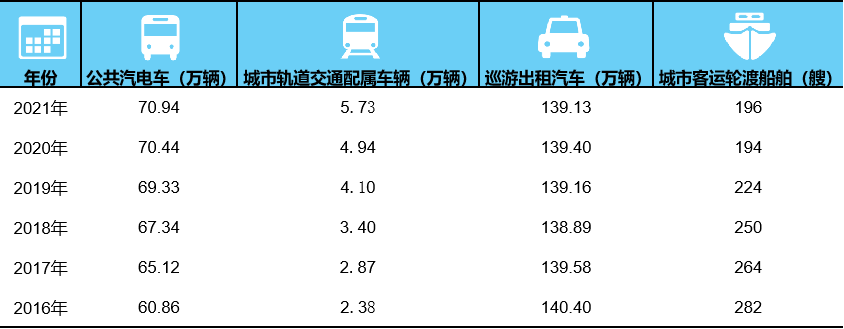
03
transportation services
In the whole year, the number of operational passenger transport reached 8.303 billion, a decrease of 14.1% over the previous year, and the passenger turnover reached 1975.815 billion person kilometers, an increase of 2.6%. The business freight volume reached 52.160 billion tons, an increase of 12.3%, and the freight turnover reached 218.132 billion ton kilometers, an increase of 10.9%.
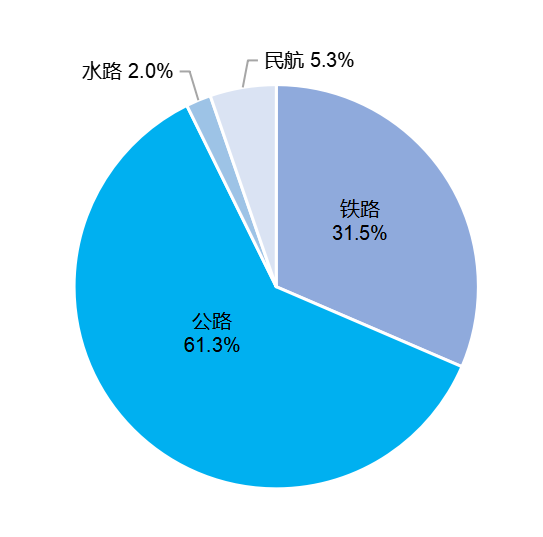
Figure 7 composition of operational passenger traffic volume by transportation mode in 2021
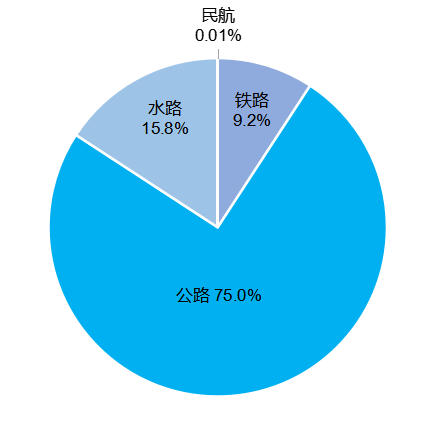
Figure 8 composition of business freight volume by transportation mode in 2021
(1) Railway.
In the whole year, 2.612 billion passengers were sent, an increase of 18.5% over the previous year. The passenger turnover was 956.781 billion person kilometers, an increase of 15.7%.
In the whole year, the total volume of goods delivered was 4.774 billion tons, an increase of 4.9% over the previous year, and the total turnover of goods was 3323.8 billion ton kilometers, an increase of 8.9%.
(2) Roads.
In the whole year, the number of operational passenger transport reached 5.087 billion, a decrease of 26.2% over the previous year, and the passenger turnover reached 362.754 billion person kilometers, a decrease of 21.8%.
The annual business freight volume reached 39.139 billion tons, an increase of 14.2% over the previous year, and the freight turnover reached 6908.765 billion ton kilometers, an increase of 14.8%.
The annual average traffic volume of motor vehicles was 14993 vehicles / day, an increase of 4.9% over the previous year, and the annual average traffic volume was 3486.92 million vehicle km / day, an increase of 3.6%.
(3) Waterway.
In the whole year, the business passenger traffic volume was 163million, an increase of 9.0% over the previous year, and the passenger turnover volume was 3.311 billion person kilometers, an increase of 0.4%.
In the whole year, the business freight volume was 8.24 billion tons, an increase of 8.2% over the previous year, and the freight turnover was 11557.751 billion ton kilometers, an increase of 9.2%. Among them, the inland waterway freight volume was 4.189 billion tons, an increase of 9.8%, and the inland waterway freight turnover was 1773.599 billion ton kilometers, an increase of 11.3%; The ocean freight volume reached 4.051 billion tons, an increase of 6.6%, and the ocean freight turnover reached 9784.151 billion ton kilometers, an increase of 8.8%.
Throughout the year, the national ports handled 47.7364 million passengers, an increase of 8.0% over the previous year. Among them, the number of inland ports reached 1218700, an increase of 63.4%, and the number of coastal ports reached 46517700, an increase of 7.1%.
Throughout the year, China's ports handled 15.545 billion tons of cargo, an increase of 6.8% over the previous year. Among them, inland ports completed 5.573 billion tons, an increase of 9.9%, and coastal ports completed 9.973 billion tons, an increase of 5.2%. 7.54 million TEU (9.8%) of Container Rail water combined transport volume was completed.
Table 5 domestic and foreign trade and key cargo throughput of national ports in 2021

(4) Civil aviation.
The annual passenger volume reached 441million, an increase of 5.5% over the previous year, and the passenger turnover reached 652.968 billion person kilometers, an increase of 3.5%. Domestic routes completed 439million passengers, an increase of 7.6% over the previous year, of which 592500 passengers were on Hong Kong, Macao and Taiwan routes, a decrease of 38.4%, and 1477200 passengers were on international routes, a decrease of 84.6%.
In the whole year, 7.3184 million tons of cargo and mail were transported, an increase of 8.2% over the previous year, and 27.816 billion ton kilometers of cargo and mail turnover, an increase of 15.8%.
Throughout the year, the civil aviation transport airport completed a passenger throughput of 907million, an increase of 5.9% over the previous year, and a cargo and mail throughput of 17.828 million tons, an increase of 10.9%.
(5) Postal service.
In the whole year, the total business volume of the postal industry was 1369.83 billion yuan, an increase of 25.1% over the previous year.
In the whole year, it completed 1.09 billion postal letters, a decrease of 23.3% over the previous year, 18.229 million parcel businesses, a decrease of 10.2%, 16.39 billion newspaper businesses, a decrease of 0.9%, 690million magazine businesses, a decrease of 3.6%, and 6.46 million remittance businesses, a decrease of 32.8%.
In the whole year, the express delivery business volume reached 108.3 billion pieces, an increase of 29.9% over the previous year. The express business revenue reached 1033.23 billion yuan, an increase of 17.5%, accounting for 81.7% of the business revenue of the postal industry, an increase of 2.0 percentage points.
(6) Urban passenger transport.
At the end of the year, there were 75770 urban bus and trolley bus lines in operation nationwide, an increase of 5127 compared with the end of the previous year. The total length of the operating lines was 1593800 km, an increase of 111700 km, including 18263.8 km of bus lanes, an increase of 1712.2 km. There are 275 operating lines of urban rail transit, an increase of 49, with an operating mileage of 8735.6km and an increase of 1380.9km, including 223 subway lines, 7664.0km, and 7 light rail lines, 262.9km. There are 84 operating routes for urban passenger ferry, an increase of 1. The total length of operating routes is 376.3 kilometers, an increase of 52.9 kilometers.
The annual urban passenger traffic volume reached 99.384 billion, an increase of 14.0% over the previous year. Among them, the bus and trolley bus passenger volume reached 48.916 billion people and the operating mileage reached 33.527 billion km, an increase of 10.6% and 10.7% respectively, the urban rail transit passenger volume reached 23.727 billion people, an increase of 34.9%, the cruise taxi passenger volume reached 26.690 billion people, an increase of 5.4%, and the urban passenger ferry passenger volume reached 51 million people, an increase of 30.5%.
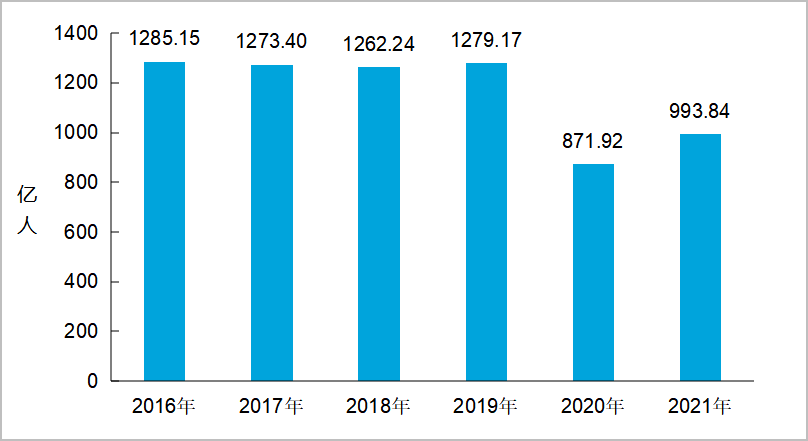
Figure 9 national urban passenger traffic volume from 2016 to 2021
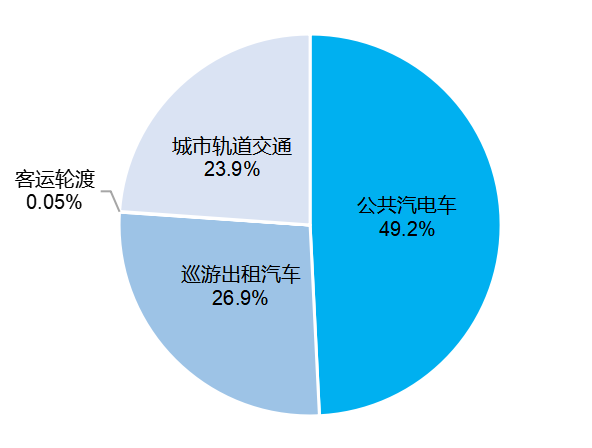
Figure 10 composition of national urban passenger traffic volume by transportation mode in 2021
04
Transportation fixed assets investment
In the whole year, the investment in transportation fixed assets was 3622billion yuan, an increase of 4.1% over the previous year.
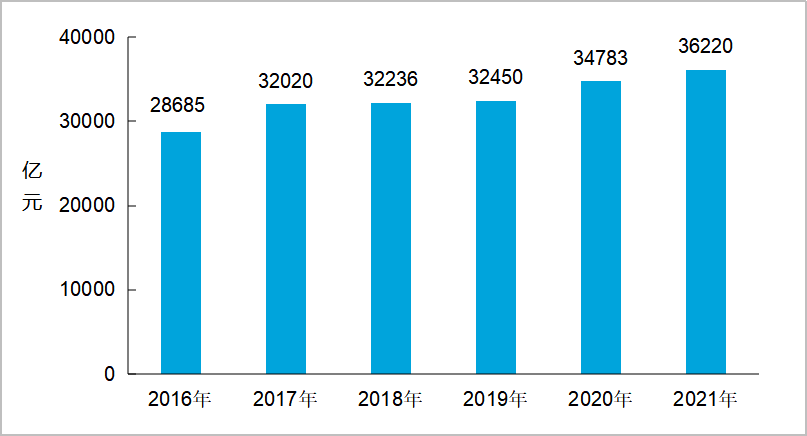 Figure 11 investment in transportation fixed assets from 2016 to 2021
Figure 11 investment in transportation fixed assets from 2016 to 2021
(1) Railway.
In the whole year, 748.9 billion yuan was invested in railway fixed assets.
(2) Road and waterway.
In the whole year, the investment in fixed assets of roads and waterways was 27508.8 billion yuan, an increase of 6.3% over the previous year.
1. highway.
In the whole year, the investment in fixed assets of highways was 2599.5 billion yuan, an increase of 6.0% over the previous year. Among them, the expressway completed 1515.1 billion yuan, an increase of 12.4%, the ordinary national and provincial roads completed 560.9 billion yuan, an increase of 5.9%, and the rural roads completed 409.5 billion yuan, a decrease of 12.9%.
Throughout the year, 832 poverty relief counties nationwide completed 758.2 billion yuan of investment in fixed assets of highways.
2. waterway.
In the whole year, the investment in waterway fixed assets was 151.3 billion yuan, an increase of 11.4% over the previous year. Among them, 74.3 billion yuan of inland river construction was completed, an increase of 5.5%, and 72.3 billion yuan of coastal construction was completed, an increase of 15.4%.
(3) Civil aviation.
In the whole year, the investment in fixed assets of civil aviation was 122.2 billion yuan, an increase of 13.0% over the previous year.
05
Safe production
(1) Railway.
In the whole year, there was no particularly serious or major railway traffic accident in the national railway, with one major accident, a decrease of 12 over the previous year. The number of deaths in railway traffic accidents decreased by 23.1% over the previous year.
(2) Road and waterway.
In the whole year, there were 129 water traffic accidents (grade accidents) involving transport ships, a decrease of 6.5% over the previous year, 153 people were killed or missing, a decrease of 21.9%, and 46 ships were sunk, a decrease of 39.5%. Maritime search and rescue centers at all levels nationwide organized and coordinated 1990 search and rescue operations, and successfully searched and rescued 1171 Chinese and foreign ships in distress and 13928 Chinese and foreign people in distress in China's search and rescue responsibility areas.
Throughout the year, there were no major accidents in the construction of highway and water transport projects, with 64 production safety accidents and 90 deaths, down 13.5% and 4.3% respectively over the previous year.
In the whole year, there were 6 general safety production accidents and 6 deaths in the field of port operation, a decrease of 1 and 1 respectively over the previous year. No major accident or above occurred.
(3) Civil aviation.
In the whole year, there were 16 general aviation accidents nationwide, 2 fewer than the previous year, and 18 deaths, an increase of 5.
06
Scientific and technological innovation and talent team construction
A total of 15 projects in the transportation field won the 2020 National Science and technology award, including 10 in the railway industry and 3 in the highway industry. A total of 66 patents won the 22nd China Patent Award, including 35 in the railway industry, 19 in the highway industry and 7 in the water transport industry. A total of 312 scientific and technological achievements were selected into the 2021 transport major scientific and technological innovation achievements library, and 248 scientific and technological achievements were entered into the railway major scientific and technological innovation achievements library.
At the end of the year, there were 56 industry key laboratories, 86 industry R & D centers, 19 collaborative innovation platforms, 13 field scientific observation and research bases and 10 National Transportation Science Popularization bases in the field of highway and waterway.
Throughout the year, 218 national and industrial standards were issued for the transportation industry.
Throughout the year, a total of 10 young and middle-aged science and technology leading talents, 7 innovation teams in key fields and 4 innovation talent training demonstration bases were selected into the 2021 transportation industry science and technology innovation talent promotion plan. Two won the national special support plan for high-level talents, three won the title of "national technical expert", and 245 won the title of "national transportation technical expert".
Source / Ministry of transport (id:motxwb)


